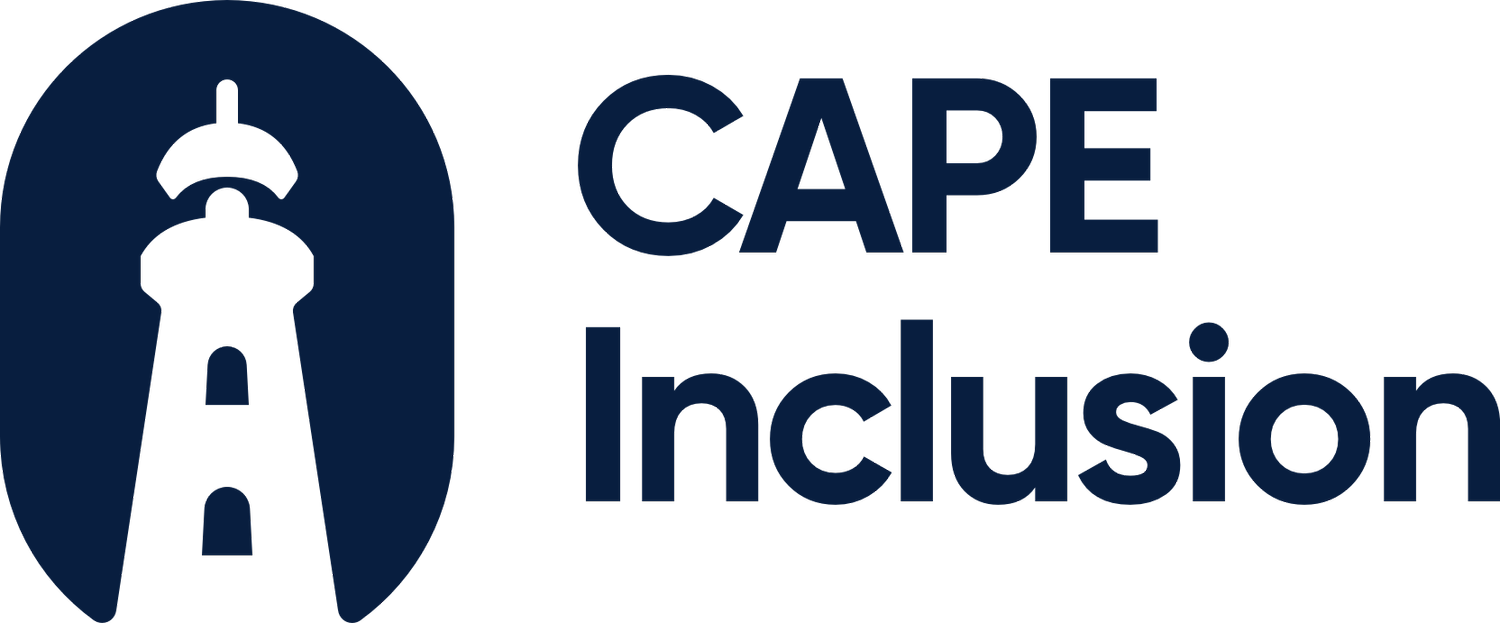The Power of Tracking Diversity and Inclusion Metrics in the Workplace
In the quest for diversity, equity, and inclusion (DE&I) in the workplace, it's essential to track and measure progress. However, according to a recent report from Harvard Business Review Analytic Services, many organizations only track the diversity of new hires and recruits, with retention and other areas falling by the wayside. This is a missed opportunity, as tracking DE&I metrics across multiple business processes – including hiring, promotions, compensation, and development opportunities – is crucial for gauging progress and identifying areas for improvement.
The report, which surveyed 1,115 North American organizational leaders in April and May 2021, found that 74% of respondents tracked the diversity of new hires, 64% tracked the diversity of individuals they recruit, and 47% tracked the diversity of employees they retain. All other aspects of diversity were tracked by less than 40% of respondents.
One of the key takeaways from the report is the importance of leadership commitment to DE&I. In organizations classified as "laggards," 50% cited a lack of leadership commitment as a hindrance to DE&I efforts. In contrast, only 5% of "leader" companies reported this as an issue. Leader companies were also significantly more likely to track diversity for development opportunities (45% versus 26% and 10% for "followers" and "laggards," respectively) and set goals for diversity at the senior executive and board levels.
So, how can organizations use data to drive DE&I outcomes? The report recommends establishing a baseline and setting goals to determine readiness and sustainability, regularly measuring progress, and involving all employees in the DE&I process. It's also crucial to collect data from multiple sources and consider different types of diversity, including age, race, gender, and abilities.
One way to do this is by implementing DE&I training and initiatives that are tailored to the organization and supported by senior leadership. This can include unconscious bias training, diversity and inclusion task forces, and employee resource groups. In addition, organizations should consider how they can use data to better understand and address the needs of underrepresented groups.
Finally, it's essential to communicate progress and share data with all employees, as transparency is key to building trust and driving change. By regularly tracking and measuring DE&I efforts, organizations can ensure that diversity and inclusion are embedded in all aspects of the business and drive positive outcomes for all employees.




Celebrating Juneteenth: Reflecting on Our Journey and Recommitting to Equality
On June 19, 1865, a momentous event unfolded in Texas that would forever alter the course of American history. This day, known as Juneteenth, marked the liberation of 250,000 enslaved individuals, as Union soldiers arrived to enforce the Emancipation Proclamation, which had been in effect for two and a half years. Juneteenth signifies the end of slavery in the United States and heralds the beginning of our continuous effort to fulfill the promise of equality and freedom for all Americans.
At CAPE Inclusion, we stand firm in our dedication to eradicating systemic racism and inequity. We call on everyone to join us in this effort, choosing love over hate, unity over division, and progress over retreat. Let us celebrate the spirit of Juneteenth and renew our commitment to building an inclusive and equitable society for all.
As we reflect on Juneteenth, may we celebrate the essence of freedom, the progress we have made, and the possibilities that lie ahead when we march forward together. Happy Juneteenth from CAPE Inclusion. Together, let’s continue to redeem the soul of America.